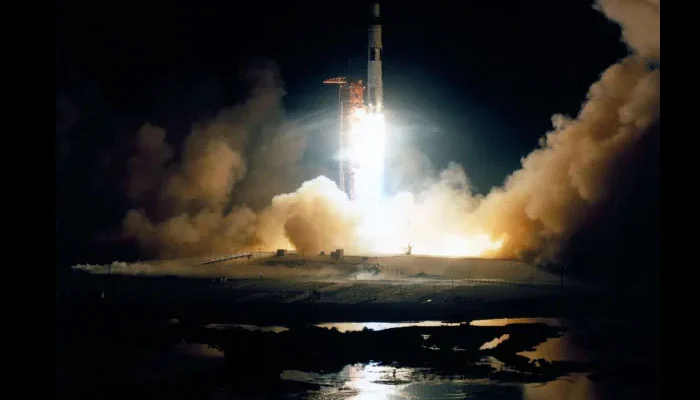NASA’s Artemis program is preparing for its next stage.
The upcoming launch of Intuitive Machines’ Nova-C spacecraft atop a SpaceX rocket is a huge step forward in humanity’s desire to return to the Moon, laying the groundwork for future expeditions to Mars.
Why commit these mammoth duties to the business sector, especially given Astrobotic’s recent challenges?
The answer is a deliberate adjustment in NASA’s strategy. Artemis, the agency’s main Moon-to-Mars initiative, represents a new paradigm that capitalizes on the agility of America’s dynamic market economy.
NASA no longer holds the reigns tightly, regulating every aspect down to the last bolt. Artemis invests in new firms through NASA’s Commercial Lunar Payload Services (CLPS) initiative, drawing inspiration from SpaceX’s extraordinary success story. SpaceX, formerly regarded as a hazardous endeavor, is now NASA’s favored contractor, demonstrating the value of healthy competition in driving innovation.
With a budget of $93 billion by 2025, Artemis operates on a smaller financial scale than the Apollo era’s blank checks totaling $300 billion. The emphasis changes from dictating construction details to obtaining services from commercial businesses, following the successful SpaceX model.
However, this change is not without problems. NASA’s decision to use SpaceX’s Starship for the lunar landing adds an element of uncertainty. The Starship’s untested flight history and complex fueling processes create legitimate concerns about meeting the 2026 timetable for a crewed lunar landing.
As we embark on this cosmic adventure, analogies to China, a formidable space foe, become increasingly apparent. China’s efficient processes and reliable timeframes stand in stark contrast to the complex political context that occasionally impedes US space efforts.
The absence of “shenanigans” in China’s strategy, as described by former NASA official G. Scott Hubbard, shows the potential challenges of America’s complex public-private partnership paradigm.







